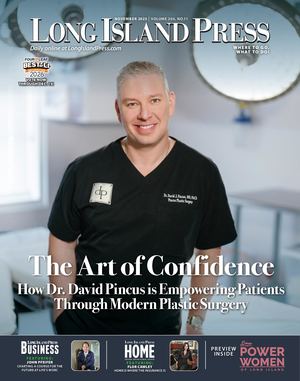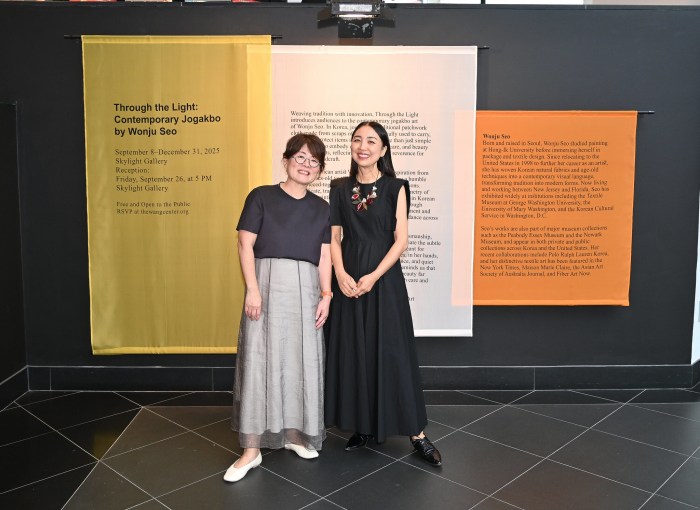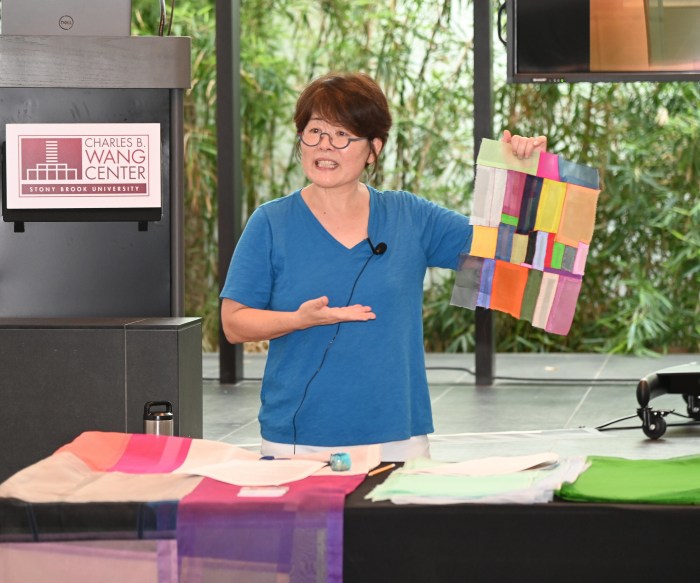Katherine McGeary may spend her days saving lives as a paramedic with the Coram Fire District, but her off-duty hours are devoted to helping another vulnerable population: Long Island’s native wildlife.
The 34-year-old East Northport resident recently transformed her yard into a certified wildlife habitat and monarch way station, turning her suburban space into a haven for birds, bees, butterflies, and inspiration.
“My parents were always into birds and pollinators, so I grew up with a basic understanding,” McGeary said. “But everything I know now, I’ve taught myself as an adult.”
It was the arrival of the invasive spotted lanternfly that sparked her curiosity. Learning about the insect’s destructive dependence on the tree of heaven (also invasive), McGeary dove deep into the world of native vs. invasive plants. What she discovered was both alarming and motivating.
“I realized how many invasive plants are all around us, like Oriental bittersweet, butterfly bush, even Rose of Sharon,” she said. “I wanted to do everything I could to replace them with native species and educate others along the way.”
READ ALSO: ReWild internships teach hands-on environmentalism
McGeary pursued certification through the National Wildlife Federation, a self-guided process that requires gardens to meet criteria for food, water, shelter, and sustainable practices.
“It’s not rigorous,” she said, “but the sign in my yard starts conversations. It gets people curious.”
For McGeary, who was already committed to native gardening, certification didn’t require many changes except making sure that wildlife had consistent access to water. She recently added winterberry for seasonal bird food and hopes to install a rain barrel system soon.
The impact has been dramatic.
“Before, my yard was mostly starlings. Now I have mockingbirds, catbirds, blue jays, robins — and even hummingbirds, for the first time.” McGeary’s yard is also visited by insects such as hoverflies and sweat bees; she even credits them with cutting down her mosquito population. “They help create a balanced ecosystem,” she said.
McGeary urges Long Islanders to start small to avoid becoming overwhelmed. Her top tips? Leave the leaves for insects. Avoid broad-spectrum chemicals. Research invasive plants and remove them before adding native species, and support local nurseries that specialize in regionally appropriate plants.
“I tell people not to overcommit,” McGeary said. “Just start with one corner of your yard and don’t be discouraged by rabbits. They ate everything at first, but now my plants are stronger because of it.”
If you are interested in creating your own certified wildlife habitat, visit nwf.org/certify. Explore monarch-specific certifications at monarchwatch.org/waystations. As an added bonus, some towns and counties on Long Island offer incentives for certified habitats, such as refunds or credits, so be sure to check with your local municipality to see what programs might apply to you.
































